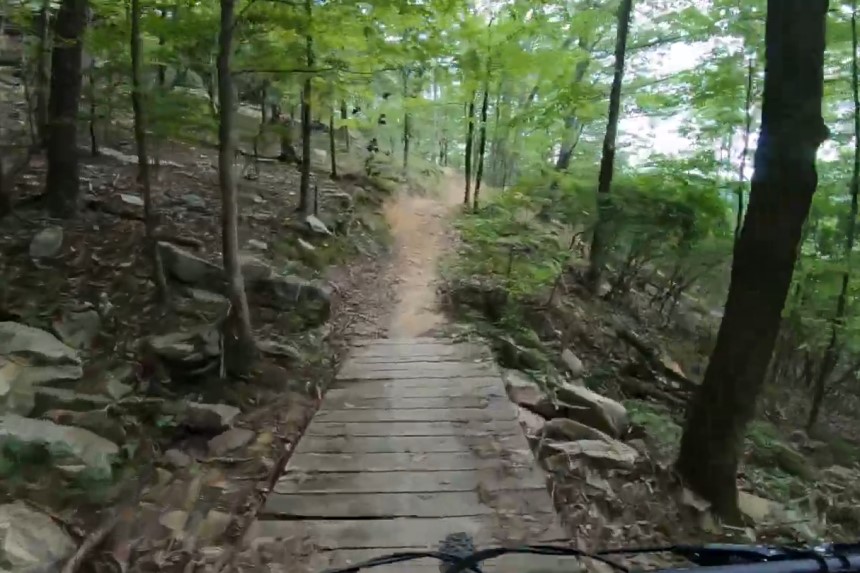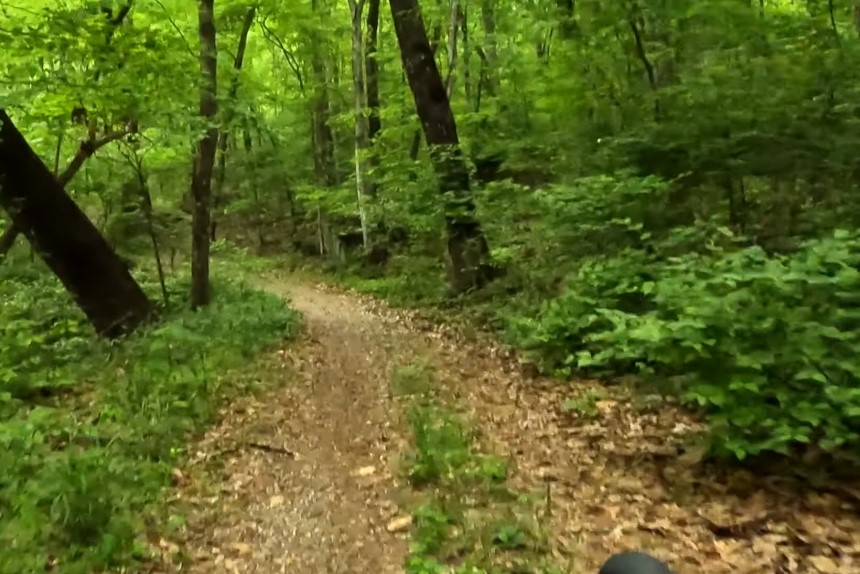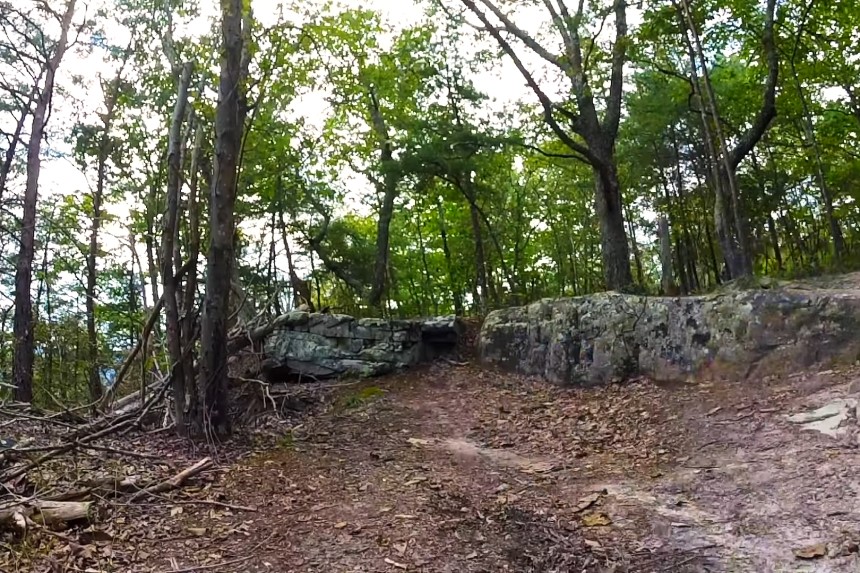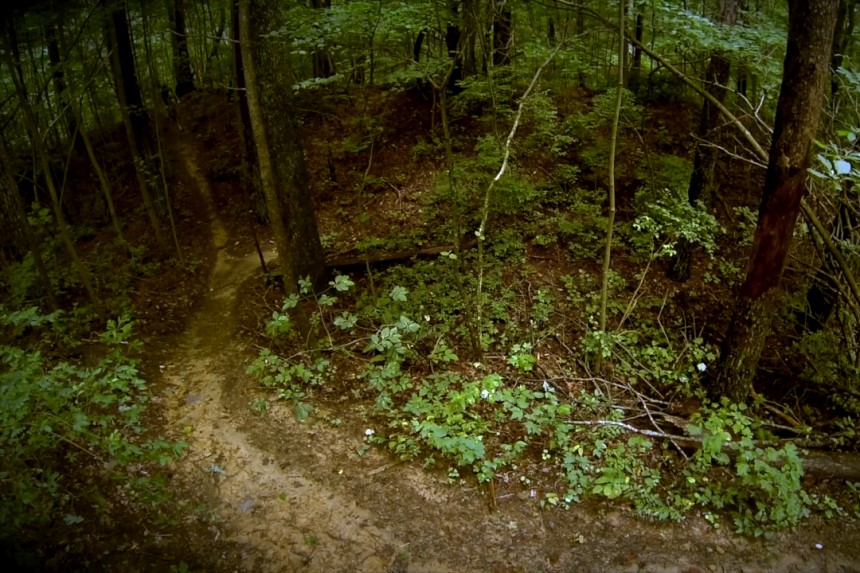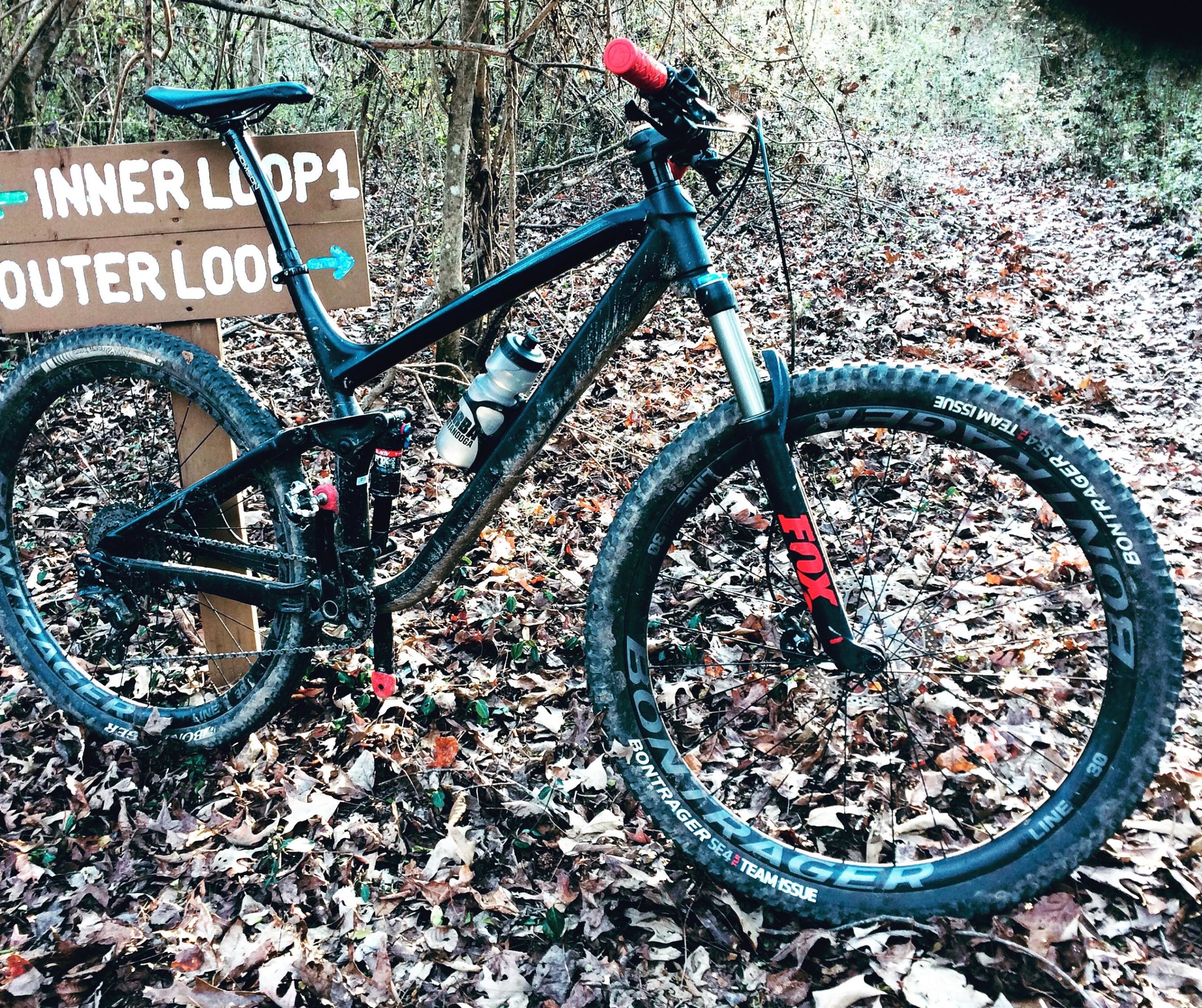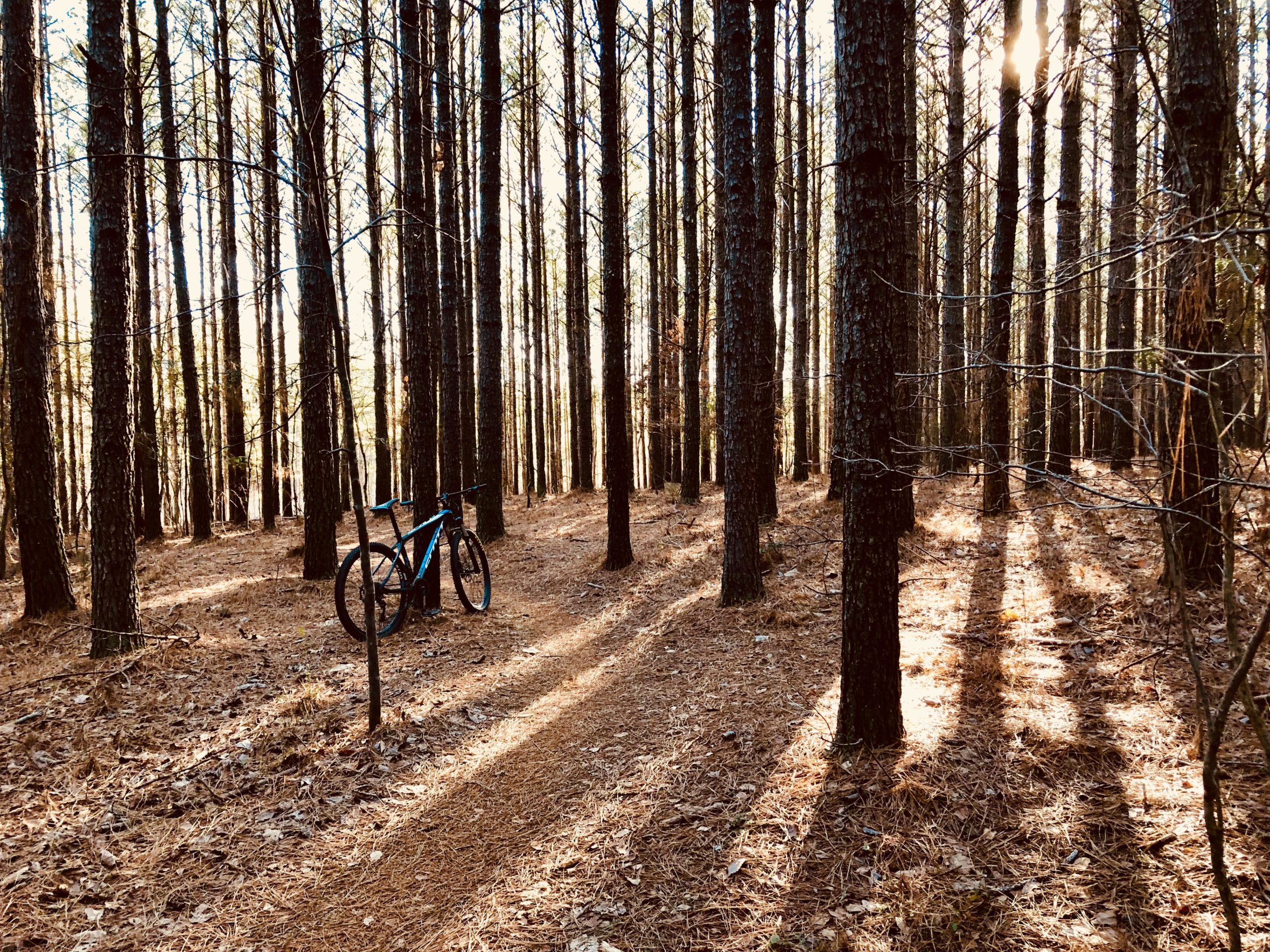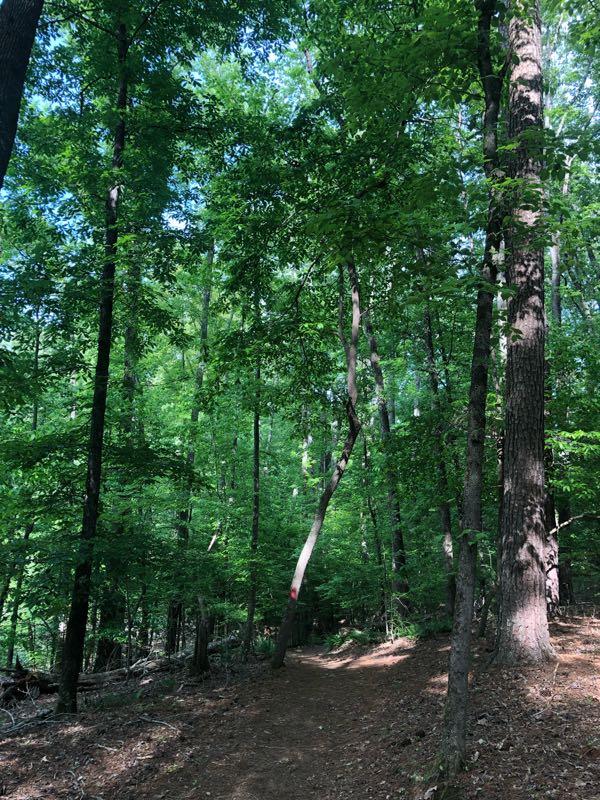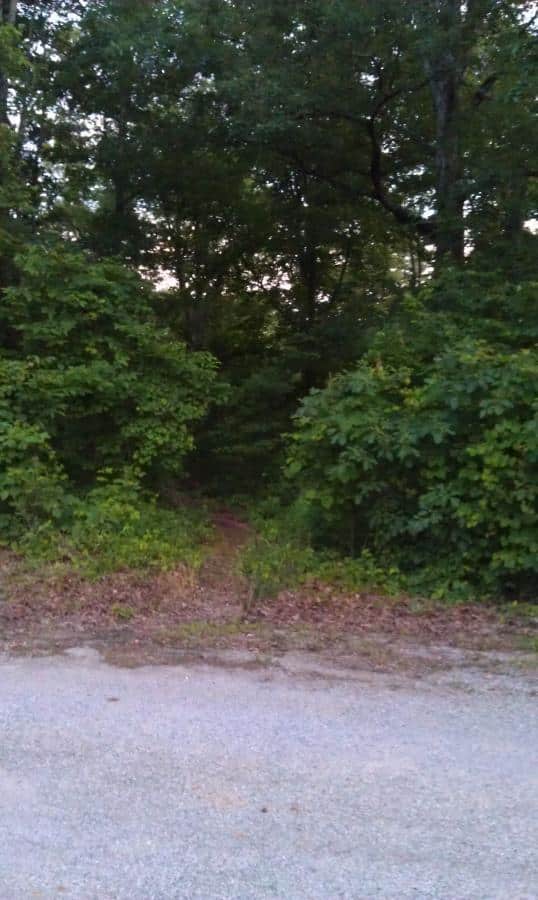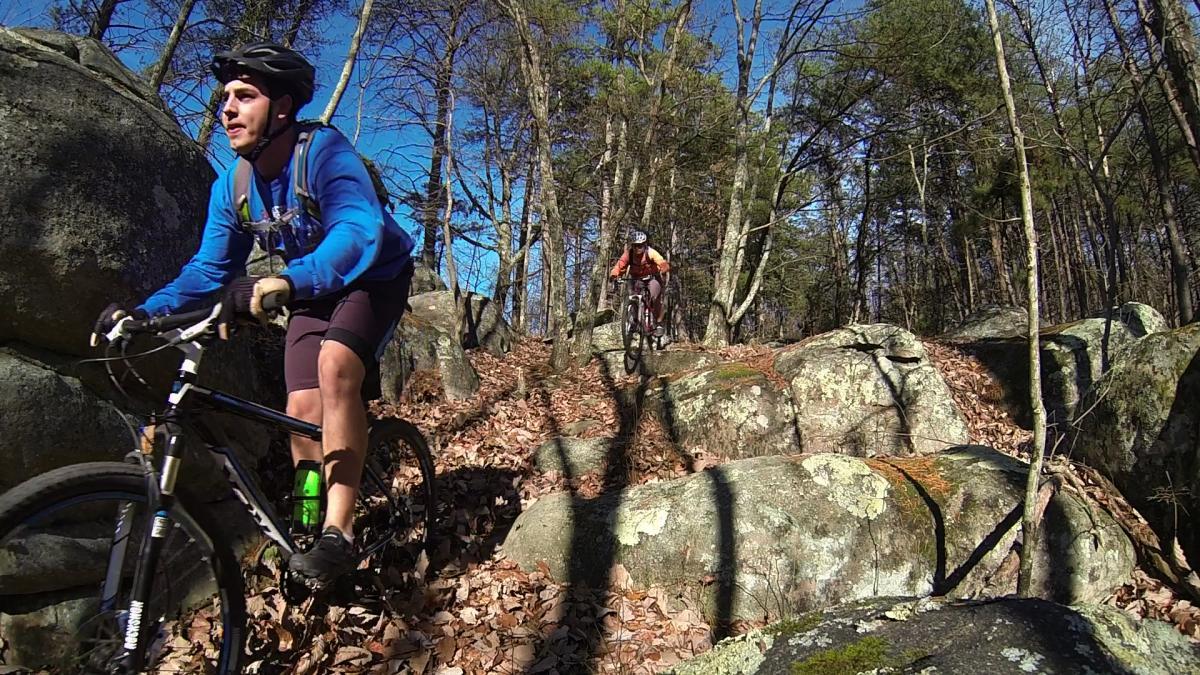Chattanooga, Tennessee: Area Description
Anyone who has ever been to Chattanooga will agree—it’s one of the more exquisite destinations in the greater Tennessee area. Surrounded by the Cumberland Plateau mountains and the winding Tennessee River, Chattanooga is a quick two-hour drive from Knoxville, Birmingham and Nashville.
With its scenic landscapes and spacious green parks, it’s the perfect place for anything remotely outdoorsy. In addition to offering some of the more adventurous trails, visitors can expect to find ideal locations for bass fishing, mountain climbing and even cave exploration. Since the downtown area rests at an elevation of about 676 ft, it forms one of the lowest elevations in East Tennessee.
| Land area |
388.70 km² |
| Minimum Elevation |
- |
| Maximum Elevation |
676 ft |
Demographics of Chattanooga
With an average population of 182 113, Chattanooga is classified as Tennessee’s fourth largest city and was named one of the top 100 Best Places to Live in 2019. Living in Chattanooga is 17.4% cheaper than it would be to live in Nashville and 2% less expensive than in Knoxville.
With utility prices 12% lower than the national average and transportation costs an impressive 9% cheaper, it’s easy to see why it’s fast becoming a popular city. Moreover, grocery prices are also reported to be 1% lower and healthcare is 3% less than the national average.
| Total population |
182 113 (2021) |
| Population density |
1,272.19/mi² |
Climate of Chattanooga
Chattanooga is known for its sub-tropical temperatures. Summers are hot and muggy while winters are generally very cold, wet and fortunately quite short. Snowfall in the area varies from year to year with an average rainfall of 52 inches per annum. Cyclists should take note that July usually sees a high amount of thunderstorm activity.
Recent years have also seen some tornadoes that caused considerable damage to the city and surrounding areas. While the trails are open all year round, it’s always recommended to take extra precautions during the rainy season.
For the most part May to October are the warmest months and make the best time for outdoor activities and it’s the time of year you’ll see fellow cyclists blazing up the trails!
Average Temperature by Months and Seasons
| Month |
Average Temperature |
| January |
40°F |
| February |
44°F |
| March |
52°F |
| April |
61°F |
| May |
68°F |
| June |
76°F |
| July |
79°F |
| August |
78°F |
| September |
72°F |
| October |
61°F |
| November |
51°F |
| December |
43°F |
Infrastructure of Chattanooga Tennessee
As a transit hub, Chattanooga is served by many interstate highways and several railroad lines. The Chattanooga Area Regional Transportation Authority has 19 bus routes that stretch to the Tennessee-Georgia border.
There are also park & ride lots and parking garages where cyclists can leave their vehicles while they’re on the trails. Bike trails are easily identified and quick and simple to get onto from the main paths. Trail maps with descriptions and local highlights are readily available.
Sights and Landmarks in Chattanooga Tennessee
Chattanooga is an outdoor enthusiast’s dream destination. With access to rock climbing, mountain biking, hiking, hang gliding and white water rafting there’s no shortage of things to do. Fantastic parks and green spaces offer ample picnic spots to enjoy after a day on the trails.
Some of the more prominent family-friendly things to do in the Chattanooga area include the following:
- Southern Belle Riverboat: A local boat tour offers dining and sightseeing cruises on the Tennessee River.
- Creative Discovery Museum: The kids will love this nationally-ranked children’s museum that contains a huge range of fun, hands-on activities.
- The Chattanooga Zoo at Warner Park: A 13-acre zoo educates children of all ages about local animal care and general conservation.
- Tennessee Aquarium: For families interested in all things oceanic, the Tennessee Aquarium is home to about 10,000 species of marine animals which promises to be a treat for families of all ages.
- Regan’s Place: After a day in the outdoors, you may want to stop by Chattanooga’s premier retro dance bar that features hit music from the 70s, 80s and 90s.
- Westbound Bar: As an upscale western-style bar, this hang-out is well known for its cold beer, good music and late-night dance lessons.
- Houston Museum of Decorative Arts: This quaint little Victorian museum boasts a unique collection of about 15,000 different pieces of decorated art glass and a range of Victorian-style furniture dating back to the 1900s.
FAQ About Trails in Chattanooga Tennessee
What are the best bike trails in Chattanooga?
With more than 11 trails covering a space of about 62 miles, you’re guaranteed to find the trail that exceeds your expectations. Some of the more prominent trails include the following:
- Enterprise South CCW
- Tesla’s Revenge
- Guild Trails
What is the longest bike trail in Chattanooga?
At 21,7 km, the Raccoon Mountain Reservoir Loop is the longest in the area and has an elevation gain of 431 m. It takes about 5 hours and 19 minutes to complete, depending on how often to stop to enjoy the scenery! The High Voltage Trail is 13, 0 km long and takes just over 3 hours to complete.
Are the bike trails open in the cooler winter months?
For the most part, the moderate climate makes cycling all year round possible. It’s a good idea to check the expected rainfall before each ride.

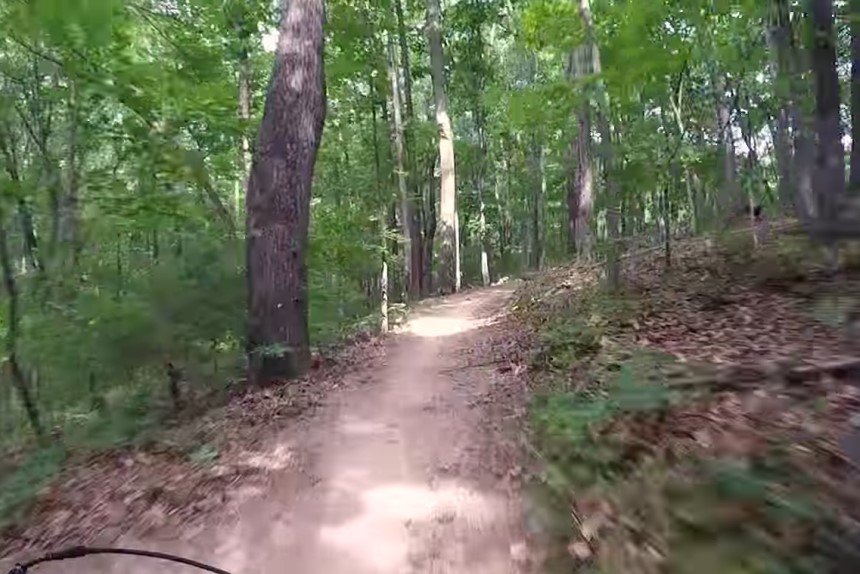
 9.5 mi
9.5 mi
